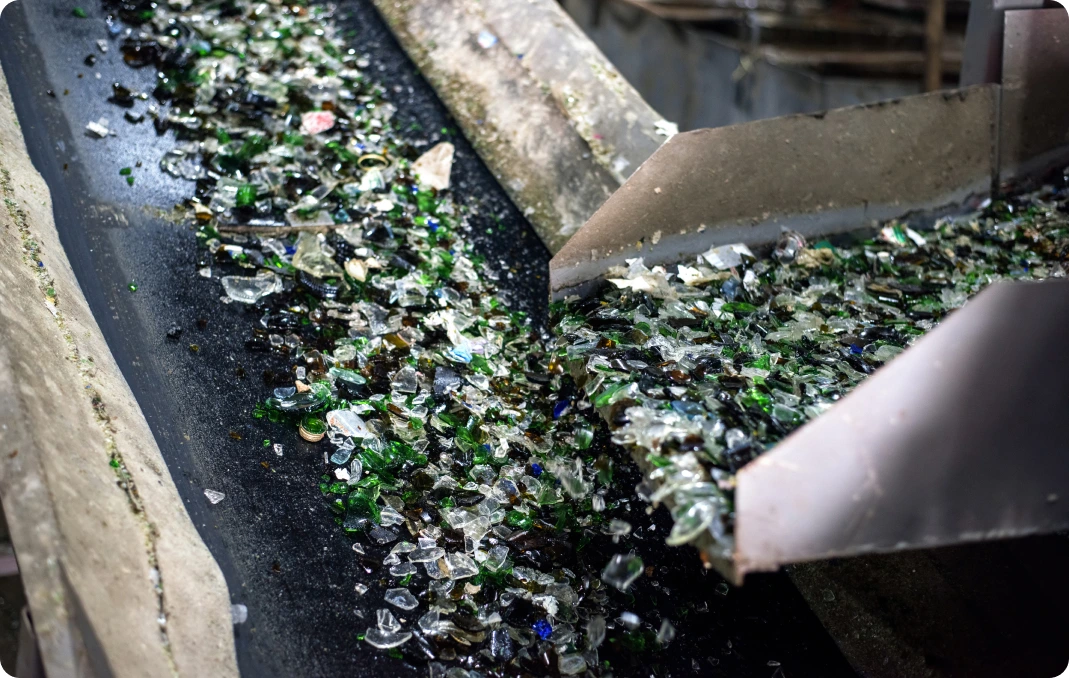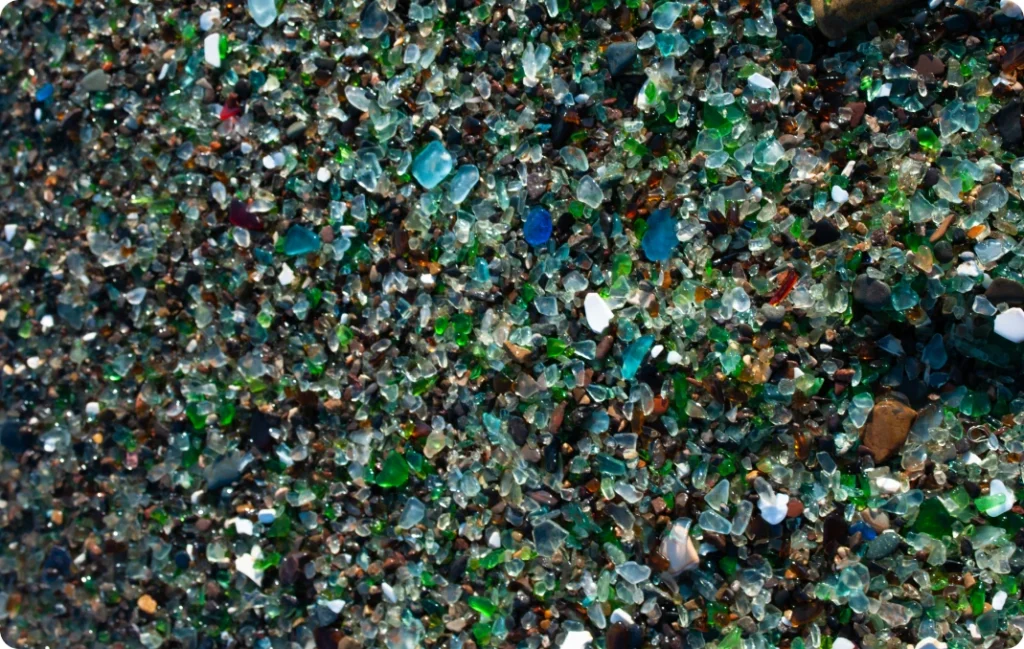For centuries, glass has been a staple material for storing everything from food and beverages to chemicals and cosmetics. But as environmental concerns grow, many are questioning whether glass remains the most sustainable option.
Take, for instance, the Speyer wine bottle, believed to be the oldest unopened bottle of wine in existence. Dating back to 325–350 AD, it was discovered in 1867 in a Roman tomb near Speyer, Germany. Now displayed in the city’s Wine Museum, this artifact highlights just how long-lasting glass can be. While the liquid inside contains ethanol, it’s unlikely to appeal to modern wine lovers due to centuries of aging.
This remarkable durability has made glass a trusted material across countless applications—including not only packaging but also fiber optics and construction. Its significance was even recognized by the United Nations, which named 2022 the International Year of Glass, acknowledging its contribution to both science and culture.
The environmental promise of glass
One of the most celebrated qualities of glass is that it can be recycled endlessly without degrading in quality or strength. When recycled, it’s crushed into cullet, which is then melted and formed into new glass products. In Europe, glass recycling rates average around 76%, far ahead of plastic (41%) and wood-based packaging (31%).
Glass is also chemically stable and non-toxic. Unlike plastic, which breaks down into harmful microplastics, glass remains inert and poses no contamination risk when left in the environment. This is largely because it’s made from silica—a naturally occurring compound that makes up over half of Earth’s crust.
Franziska Trautmann, co-founder of Glass Half Full in New Orleans, highlights this benefit. Her company recycles glass into sand for coastal restoration projects. Since silica is a natural substance, there’s little concern about it leaching into soil or water sources.
The hidden cost of making glass
Despite its strengths, glass production has environmental downsides—especially when compared to plastic or other materials like aluminum and beverage cartons. Extracting the silica sand used in glassmaking can lead to serious ecological damage, including soil degradation and biodiversity loss. In places like Shankargarh, India—a major source of silica sand—workers often face exploitative conditions.
Prolonged exposure to silica dust can also cause silicosis, a chronic lung disease marked by coughing, breathing difficulty, and, in severe cases, respiratory failure. The growing demand for sand in glass production is also contributing to global sand shortages. As the second most-consumed resource after water, sand is being used faster than nature can replenish it, with nearly 50 billion tons consumed annually for everything from construction to electronics.
Glass vs. plastic: energy and emissions
Glass manufacturing is an energy-intensive process. It requires higher melting temperatures than plastic or aluminum—around 1,500°C. According to Alice Brock, a PhD researcher at the University of Southampton, the raw materials used in virgin glass also emit greenhouse gases during melting. The glass packaging and flat glass industry emits over 60 megatons of CO₂ annually, according to the International Energy Agency.
Surprisingly, Brock’s research suggests plastic bottles may have a smaller environmental footprint than glass, despite plastic’s inability to be infinitely recycled. That’s because plastics melt at lower temperatures, making their production less energy-intensive.
Even though some manufacturers add up to 10% recycled glass to the raw mix to reduce energy usage by 2–3%, the process still requires substantial heating. This is because recycled glass must be melted once to form cullet and again to produce new items, meaning it offers only marginal energy savings compared to virgin glass.
The challenges of glass recycling
One of the key hurdles with glass recycling is that it doesn’t eliminate the need for energy-intensive remelting, which accounts for 75% of the total energy used in production.
While glass containers can technically be reused up to 20 times, most are used only once before being discarded. In landfills, these containers can take up to a million years to decompose.
Recycling rates vary significantly by region. Europe and the UK lead with recycling rates around 74–76%, whereas in the U.S., it was just 31.3% in 2018. A major reason for this discrepancy is the use of single-stream recycling in the U.S., where all recyclables are collected together. This makes it difficult to separate glass by color, a necessary step for making new bottles.
As a result, mixed-color glass is often repurposed into fiberglass insulation rather than new containers. Even then, color matters: green glass can include up to 95% recycled material, while clear glass is limited to around 60%, since any contamination affects its clarity.
Is glass as sustainable as it seems?
Although glass is durable and safe for storing sensitive materials like food or medicine, the idea that it’s always the more eco-friendly option is a misconception. When looking at the entire lifecycle—from raw material extraction to manufacturing and disposal—glass can have an environmental impact comparable to or even greater than plastic.
So, the next time you’re about to toss a glass bottle in the trash, consider reusing it instead. Glass is made to last, not to be used once and forgotten.

